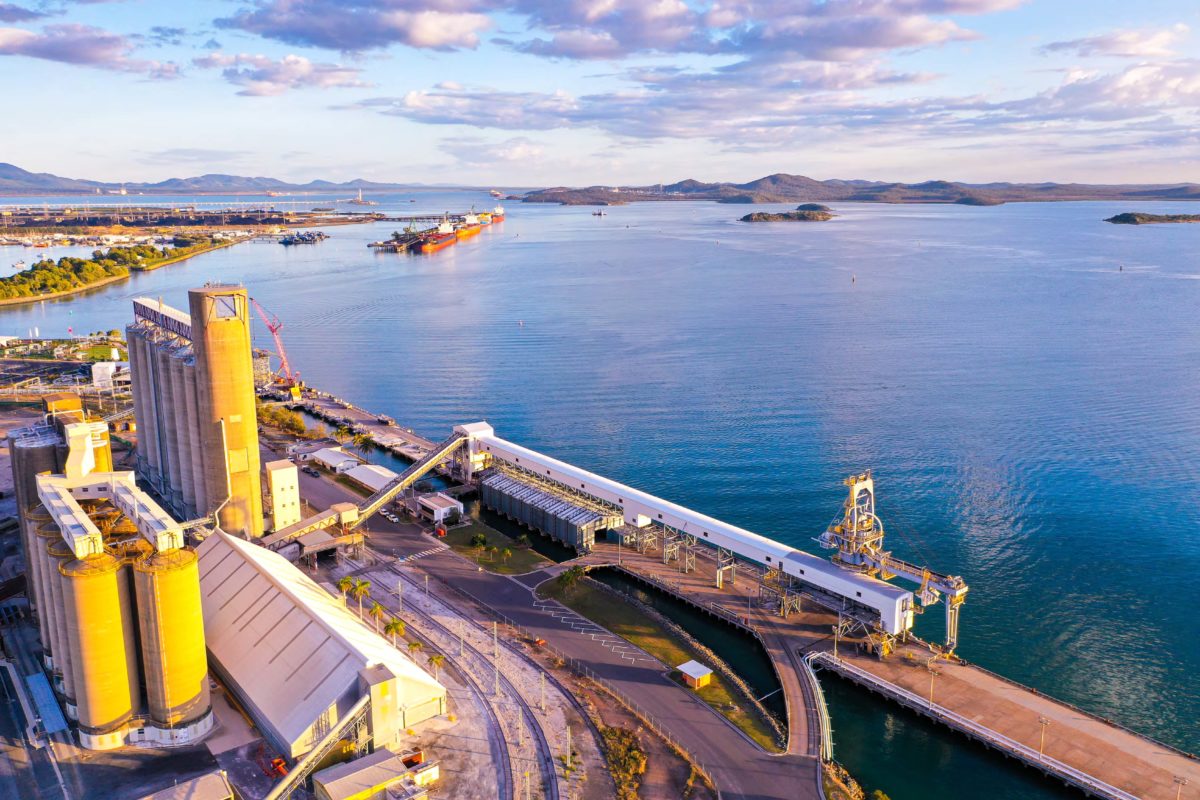Market researchers from Wood Mackenzie (WoodMac) have predicted that hydrogen can fall below US$2/kg long term and, what is more, Australia’s low-carbon hydrogen trade could be worth up to US$90 billion by 2050.
To put that in perspective, by 2050 Australia’s low-carbon hydrogen trade could be worth, in today’s money, equal to the entire GDP of the Dominican Republic and slightly more than double the Jeff Bezos-MacKenzie Scott divorce settlement.
Thanks to Australia’s extraordinary solar irradiance, vast potential (albeit controversial) for carbon capture and storage (CCS), and world-leading position in large-scale stationary battery storage flexibility, WoodMac believes Australia is uniquely poised to capitalise on low-carbon hydrogen production.
What is more, Australia is also relatively well positioned to key off-taker markets. WoodMac’s head of markets and transitions, Prakesh Sharma, said “Australia’s key export markets – Japan, South Korea, China, India and Europe – are large carbon emitters and net importers of natural resources. Their import needs have steadily increased in the past two decades and now average at more than 70% of their total energy demand. As these countries raise climate ambitions, they will need to source clean energy to decarbonise steel, chemicals, cement, heavy-duty mobility, shipping and power generation.”
This is why WoodMac already measured Australia’s green hydrogen electrolyser capacity project pipeline at 2.94 GW in 2020, beating out the Netherlands to be the world’s second-largest owner of hydrogen projects. Halfway through 2021 and that pipeline has grown to 4.25 GW, a 45% increase of advanced and early-stage project developments.
By 2050 Sharma predicts “Australia’s share in the globally traded market for low-carbon hydrogen or its derivates could reach 25-45 million tonnes, equivalent to US$50 to US$90 billion in potential export revenue.”
Challenges
The challenge, WoodMac believes, is not really cost competitiveness, which would be reached through large-scale development and the continuing decline in costs for electrolysers and renewables. The real challenge on the horizon is how to transport the goods. As Professor of Future Energies Ad van Wijk of TU Delft in the Netherlands explains, “What you see today is that the electricity production costs by solar is not the main factor, it is transport costs and storage costs which adds up to a much higher number…and then the conversion losses…”
Hence why IDTechEX Energy Storage/Hydrogen Technology analyst, Daniele Gatti, told pv magazine: “Adopting a hydrogen economy means developing the entire supply chain: production, transportation and distribution, and also its consumption.”
Sharma points out the three best forms of seaborne transport methods for Australia’s potential export supply chains. Namely, liquid hydrogen (LH2), liquid organic hydrogen carriers (LOHC) and ammonia (NH3), all of which carry their own personalised pros and cons depending largely upon the end-use, purity and storage requirements.
Nevertheless, WoodMac’s proprietary hydrogen costing and energy transition scenario modelling shows that Australia’s hydrogen delivered costs “can fall below US$2/kg longer-term, making it competitive in all end-use cases in key markets of northeast Asia.”
Sharma believes Australia “can overcome hydrogen’s logistical challenge like it did in coal seam gas to LNG projects, automated trucks and remote-control mining operations and large-scale CCS deployments. Leveraging experience from hydrogen pilot programmes and great investment in research and development, consistent government support, partnerships and off-take agreements from Japanese and Korean firms would be crucial.”
Of course, what is not much of a challenge to work out is whether there will be a market of that size. The answer is not just yes, it’s an emphatic yes with the caveat that the real size of the low-carbon hydrogen market could be a lot bigger than most people expect. After all, a great swathe of the world’s countries, including Australia’s off-taker partners such as Japan and Korea, have committed to a net-zero emissions world, which is to say they’ve committed to creating an enormous green hydrogen market because, as Sharma alluded to above, hydrogen is particularly effective at decarbonising tricky industries.
Moreover, as Jan-Justus Schmidt, Co-founder Enapter said at the recent pv magazine Roundtables Europe 2021, we have not yet seen all the “killer applications” hydrogen is capable of.
Wood Mac joins a host of reputable company, including van Wijk, in estimating that ammonia will be “the first hydrogen-carrier in the export market facilitated by Australia from the mid-2020s. Low-carbon hydrogen demand in Japan and Korea reaches 30 million tonnes in 2050 with ammonia taking one-third market share on this route.”
Uncertain certification
However, as Aurélie Beauvais, Deputy CEO SolarPower Europe noted at that same event, one of the most important aspects of the development of green hydrogen at the moment is certification, which is to say, how we can know whether a hydrogen molecule is green or blue or grey or brown. “How can we define and certify renewable hydrogen,” Beauvais said, “and how can we make sure we are not double counting the electron that’s produced?”
This is indeed an important question. “In a net-zero emissions world,” continued Sharma, “a stable and reliable source of low-carbon hydrogen supply becomes essential because it is impossible to tell how a given molecule of hydrogen has been produced. A guarantee of origin is therefore crucial to allow for minimal environmental impact, i.e., carbon leakage.”
“Standards also help with risk assessment and transparent market pricing,” Sharma continued. “Australia stands to benefit as rules of hydrogen shipping, transport, storage and product quality are set and accepted internationally.”
“This is a lifetime opportunity for Australia to harness its renewable energy resources and become a dominant player in the zero-carbon energy trade,” said Sharma finally. “It would be difficult for large Asian economies to reach climate goals without clean energy supplies from Australia.”
This content is protected by copyright and may not be reused. If you want to cooperate with us and would like to reuse some of our content, please contact: editors@pv-magazine.com.









just what I needed to help in future investments as a small investor.